FN01-A
The Extremely Light Front-drive Motor for Road eBikes
Read more




Meet the diverse and intricate requirements of bicycle manufacturers.







Different countries have different legal regulations, but generally speaking, an ebike is not classified as a motor vehicle. This is certain in the European Union.
A. European Court of Justice: Ebikes are not motor vehicles
In October 2023, the European Court of Justice issued a landmark ruling stating that pedal-assist electric bicycles are indeed bicycles and not motorcycles or motor vehicles.
Low-speed electric bikes are as safe and sturdy as traditional bicycles, with speeds similar to regular bikes. They produce no emissions, have low impact, and operate quietly. This means you can ride an electric bike without a license. While electric bikes vary greatly in shape and size, their types align closely with traditional bicycles. In appearance and operation, electric bikes resemble traditional bikes, differing from mopeds, scooters, and other motor vehicles. Similar to bicycles, most countries do not require you to purchase insurance or register with the state's motor vehicle authority for an electric bike.
The European Court of Justice's landmark ruling in 2023 stated that pedal-assist electric bicycles are indeed bicycles and not motorcycles or motor vehicles. This means that e-bike riders are not obligated to be insured in the same way as drivers, and in the event of an accident, they are entitled to compensation as cyclists rather than "motor vehicle drivers."
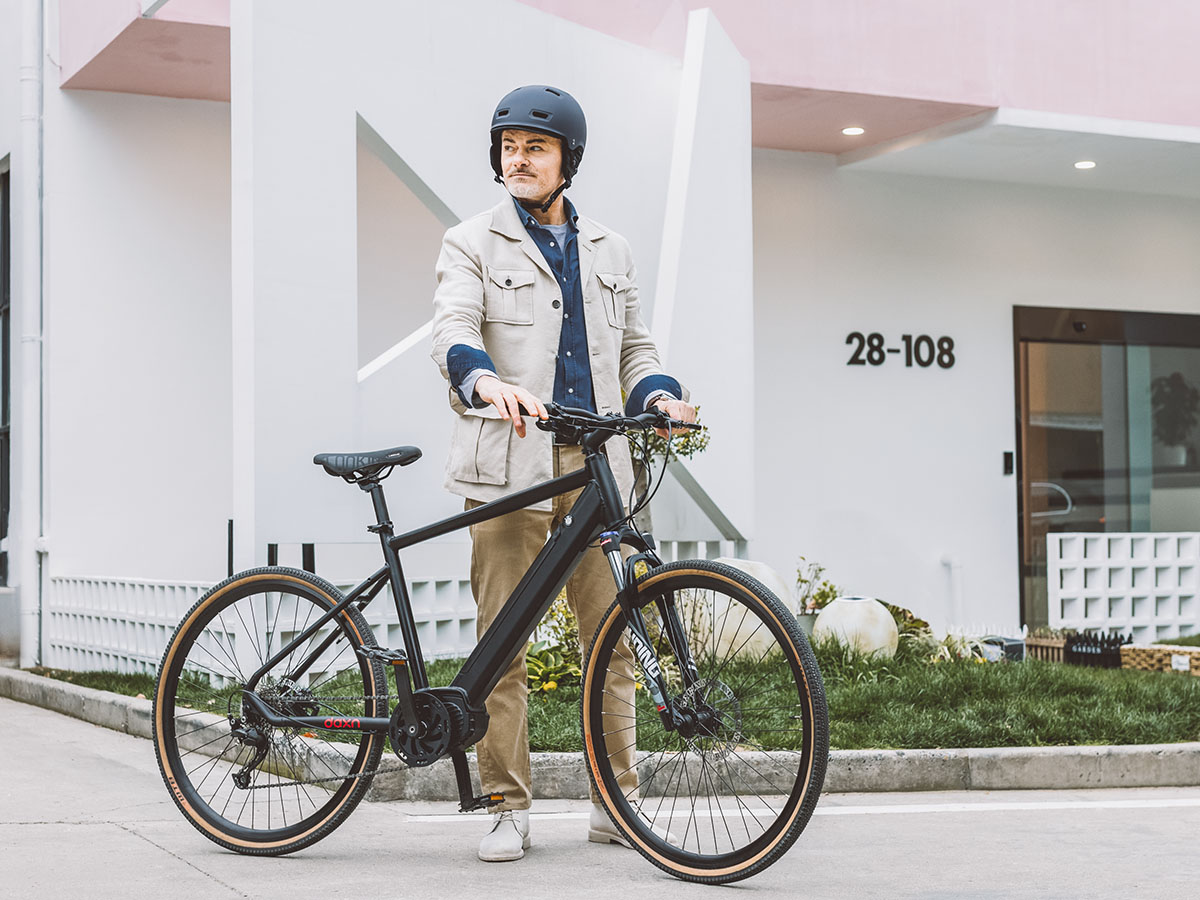

A few years ago, a rider on an electric bike was fatally struck by a motorist in Bruges, Belgium, sparking this debate. Legal proceedings regarding compensation for the family raised questions about whether, according to Belgian law, his family was entitled to automatic compensation as "vulnerable road users" or if his electric bike should be classified as a "motor vehicle," which would significantly reduce the compensation.
The Belgian court subsequently referred this case to the European Court of Justice, which made a ruling that Electrek cannot dispute: "Motor vehicles" must be entirely powered by mechanical power, meaning that the pedal-assist electric bicycles in the European Union are still classified as reliable bicycles.
The conclusion drawn by the court was that electric bikes "appear unable to cause bodily or material harm to third parties comparable to the harm that motorcycles, cars, trucks, or other vehicles entirely powered by mechanical power could cause." They also emphasized the legitimacy of "auto insurance," indicating it refers to motorcycles and other vehicles fully powered by mechanical power.
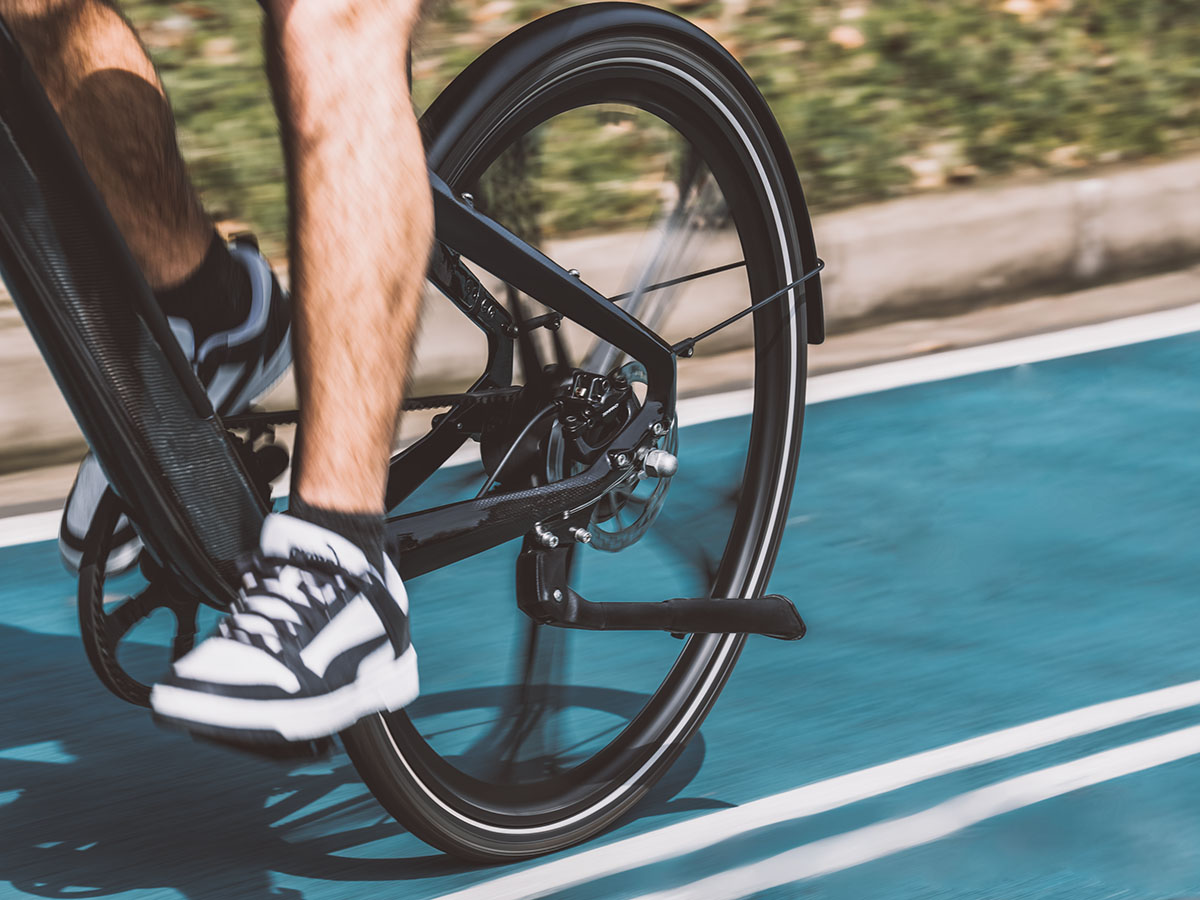

A. EU definition of ebikes:
EU Directive 2002/24/EC lays out rules for all member states. According to this directive, for an electric bike to be exempt from registration and require riding permits, it should have an ebike motor with a continuous output not exceeding 250W. Additionally, as the bike's speed increases, this output should gradually decrease until reaching 25 kilometers per hour. Most European countries follow this principle.
Changing the speed limit typically means you can only ride on private roads; otherwise, you might face hefty fines.
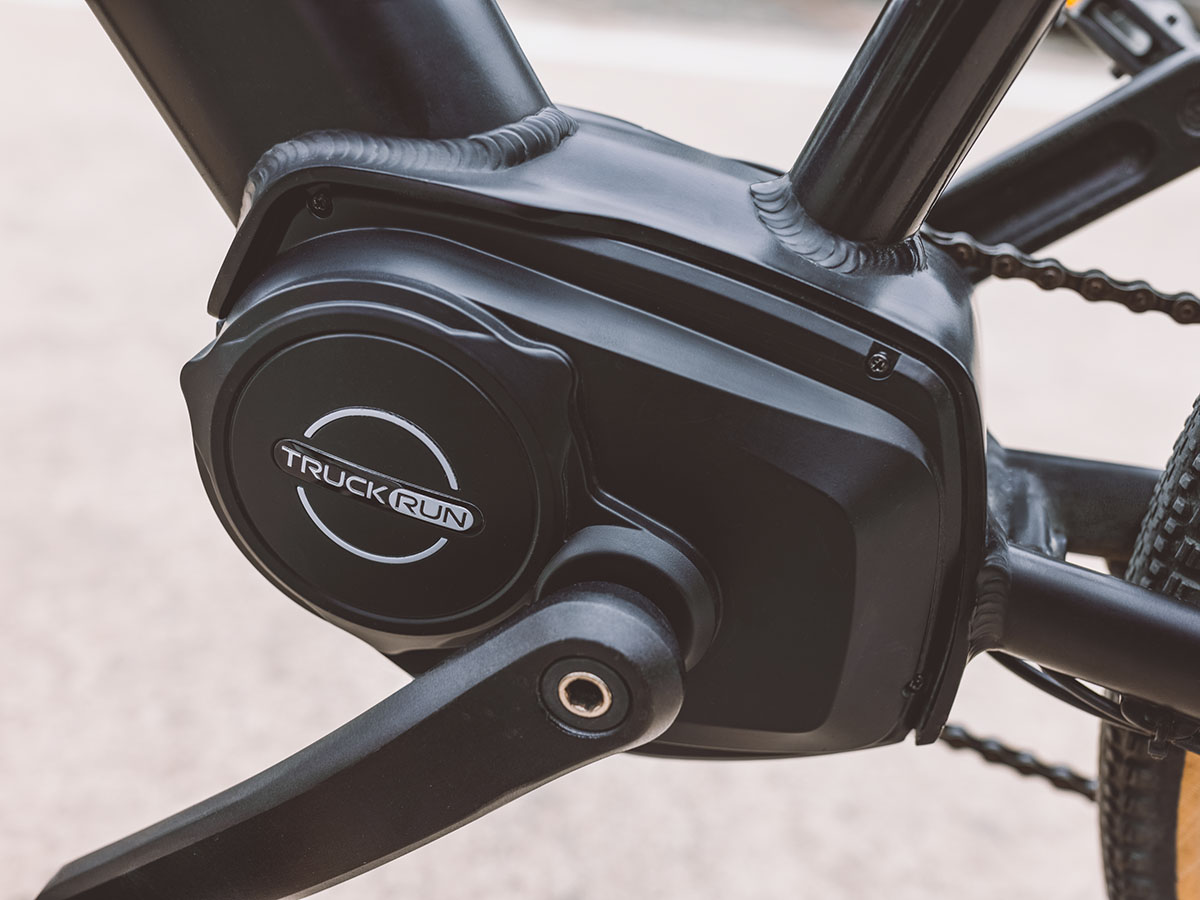

However, there are exceptions where they are categorized as motorcycles. For example:
Belgium:
1,000W bikes assisting up to 25kph are categorized as "motorized bikes." Riders must be at least 16 years old to ride such bikes. A conformity certificate needs to be issued as well.
4,000W bikes assisting up to 45kph are named "speed pedelecs" and classified as mopeds, following their regulations.
United Kingdom:
Since the UK was part of the EU during regulation implementation, they retained the rules post-Brexit. However, they found it necessary to add a weight limit. For an electric bike to be exempt from permits and other motorcycle-related regulations, its weight must not exceed 30 kilograms. Additionally, riders must be at least 14 years old to qualify for riding an electric bike.


C. US definition of ebikes:
According to the National Conference of State Legislatures, any device that does not conform to the Three-Class eBike system "is not considered a low-speed electric bicycle subject to regulation as a bicycle," meaning that in most cases, e-bikes conforming to the Three-Class eBike system are permitted.


Regarding the Three-Class eBike system:
Since 2014, more than 30 states, under the leadership of national bicycle advocacy organization PeopleForBikes and the bicycle industry trade association, have passed standardized regulations for electric bike usage, adopting a straightforward approach called the "3-class" system. The model legislation defines three common categories of electric bikes (based on speed, watts, and operation) and allows each state to determine what type of bikes from each category can use bicycle infrastructure (typically allowing 1st and 2nd class electric bikes where traditional bicycles are allowed).
The definitions for these three classes are as follows:
Class 1: Pedal-assist only, no throttle, and a maximum assisted speed of 20 miles per hour for electric bicycles.
Class 2: Electric bicycles with a maximum speed of 20 miles per hour but equipped with a throttle.
Class 3: Pedal-assist electric bicycles without a throttle, with a maximum assisted speed of 28 miles per hour.
All classes limit the motor power to 1 horsepower (750W).


The manufacture and initial sale of electric bicycles are regulated by the federal government, but their operation on streets and bike lanes falls under state control. Therefore, many states still have their laws, categorizing electric bikes differently from mopeds and other motor vehicles, requiring permits and registration or disallowing their use on bike lanes or multi-use paths. D.C. and 44 states have defined electric bikes under the Three-Class eBike system:
Arizona, Arkansas, California, Colorado, Connecticut, Delaware, Florida, Georgia, Hawaii, Idaho, Illinois, Indiana, Iowa, Kansas, Kentucky, Louisiana, Maine, Maryland, Michigan, Minnesota, Mississippi, Montana, Nebraska, Nevada, New Hampshire, New Jersey, New York, North Carolina, Ohio, Oklahoma, Oregon, Pennsylvania, Rhode Island, South Carolina, South Dakota, Tennessee, Texas, Utah, Vermont, Virginia, Washington, West Virginia, Wisconsin, and Wyoming. All these states have different laws regarding the operation of electric bikes. In the remaining states, electric bikes lack specific definitions and may be included in other vehicle categories, such as "mopeds" or "electric bicycles."
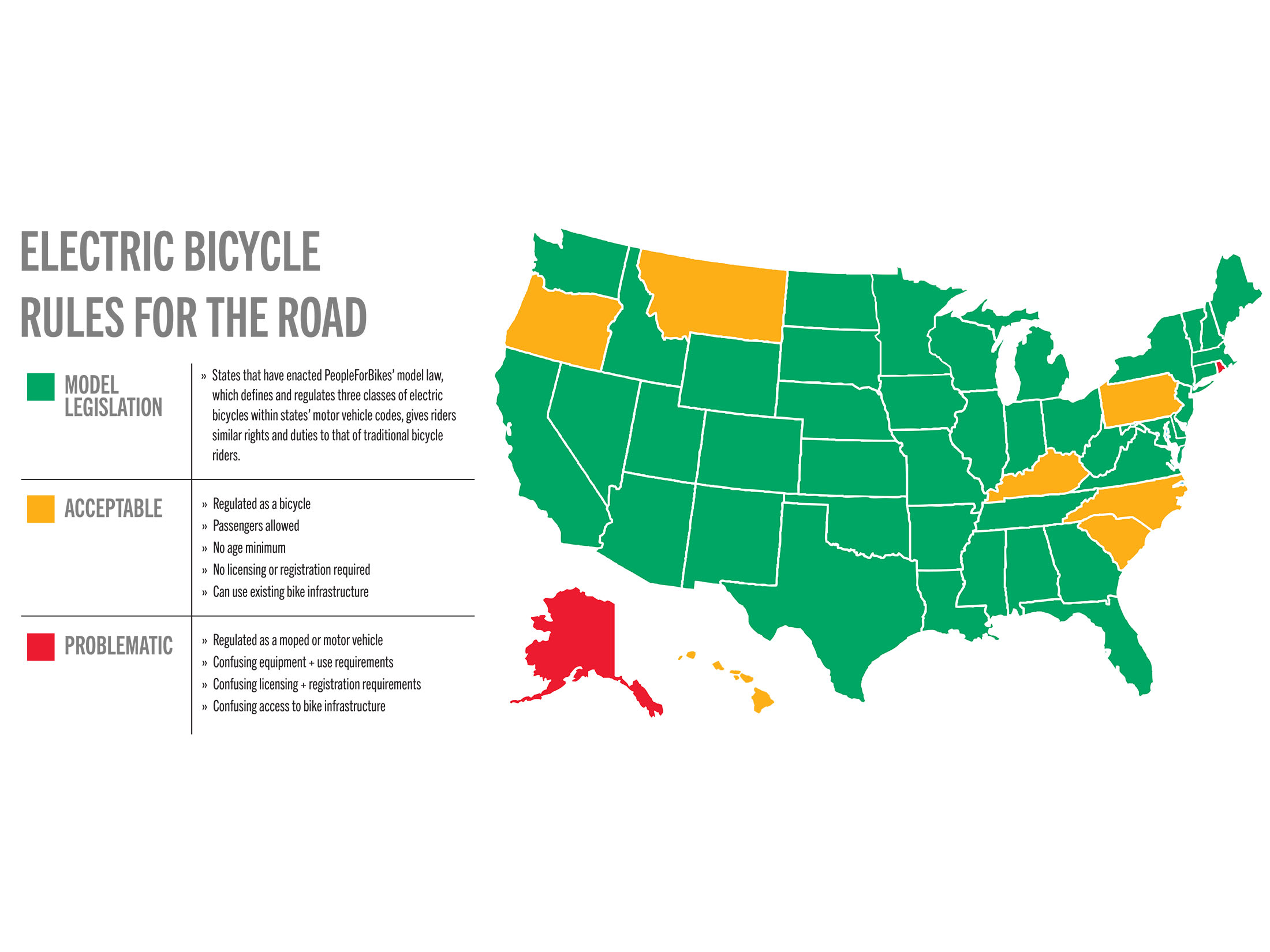




September 16~19.2025 Taichung Splendor 1311
TruckRun to exhibit at TBW 2025
Read more

The top 10 electric bike manufacturers are bosch, bafang, shimano, yamaha, brose, tq, dji, cycmotor, fazua and truckrun
Best top 10 electric bike motor manufacturers
Read more
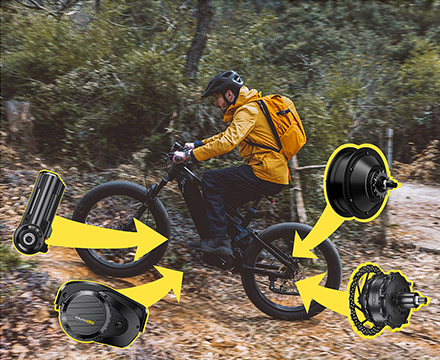
A comprehensive guide by motor manufacturers, examining 9 key aspects to help riders and e-bike brands choose the right e-bike motor.
9 Tips for Selecting Your Electric Bicycle Motor
Read more
Source: Date: